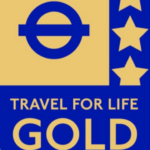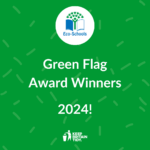In this week’s Science Society talk we were lucky enough to have OE Charlie Barty King come back and talk to us about photonics in nature.
He talked to us about how he decided to go back to education after his degree and that he secured a place at Cambridge doing a PhD in Chemistry. We learnt how, in nature, some structures have what’s known as structural colouration, where the physical structure of the animal creates the colours we see, not pigments. This can be seen in butterflies and many types of bird feathers (and pigeons in particular!)
Some of these structures also have a property called iridescence, which means that they will change colour depending on the angle that the light hits the object. This was shown by a practical where we could take a petri dish that had structural coloration and iridescence and tilt it to change the colour from green to blue. We also learnt that light from these structures could be ‘left or right-handed’ which means that, like your hands, light coming off the structures is the same but is mirrored, just as how your hands are identical but are mirrored images of each other. This was demonstrated when we looked at dead beetles through two different lenses – one blocked the ‘right handed’ light and the other the left. This made the beetle look either more green or more brown as the lens blocked out one of colours.
Charlie went on to talk about how his team is trying to make the use of photonics in manufacturing more viable. The team are working on many ideas like iridescent jelly or pressure sensitive compounds which change colour when pressure is exerted on them, which have the potential to make screens which don’t have any electronics in them.
Arguably one of the most important things to take away from Charlie’s talk is that he got three Bs in his A levels and still went on to do a PhD at Cambridge. This proved to us that the grades we get now are not the be all and end all of our future careers.
Jeremy Smithson (Lower Sixth)













